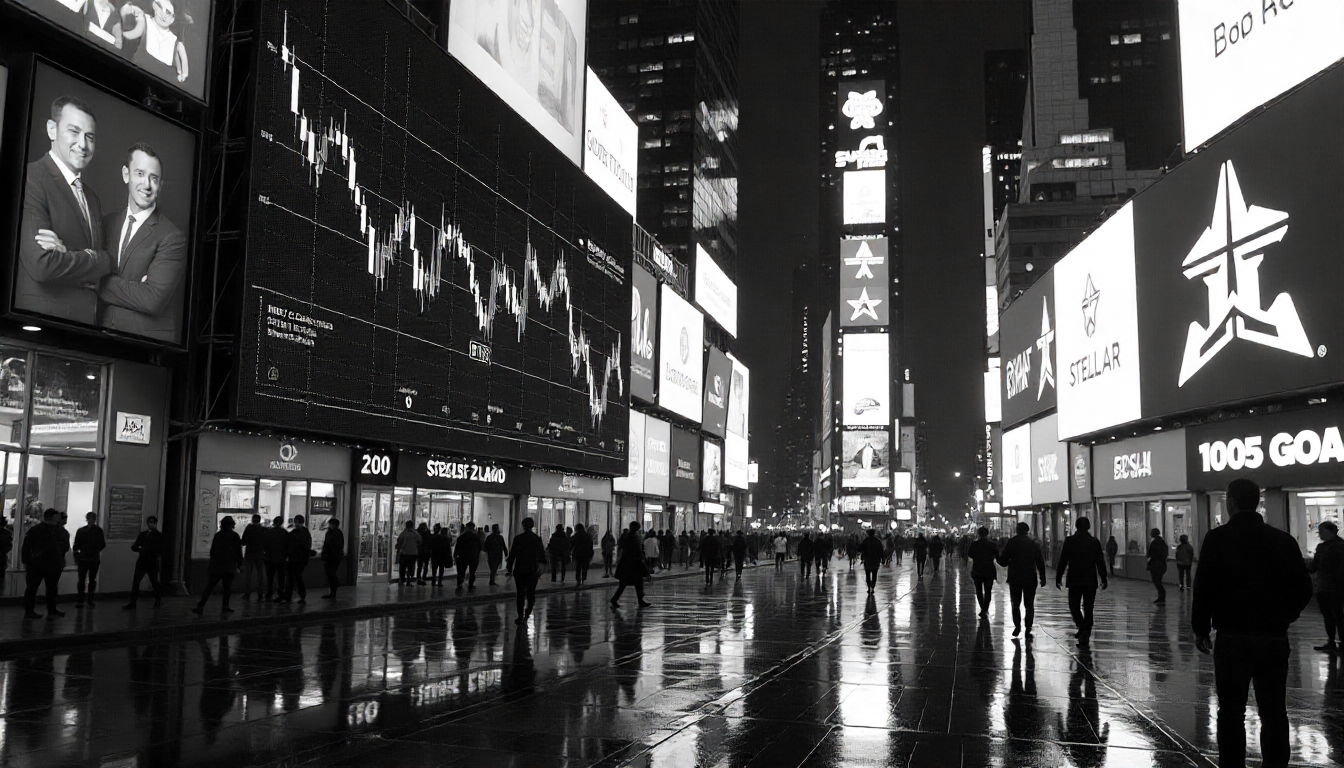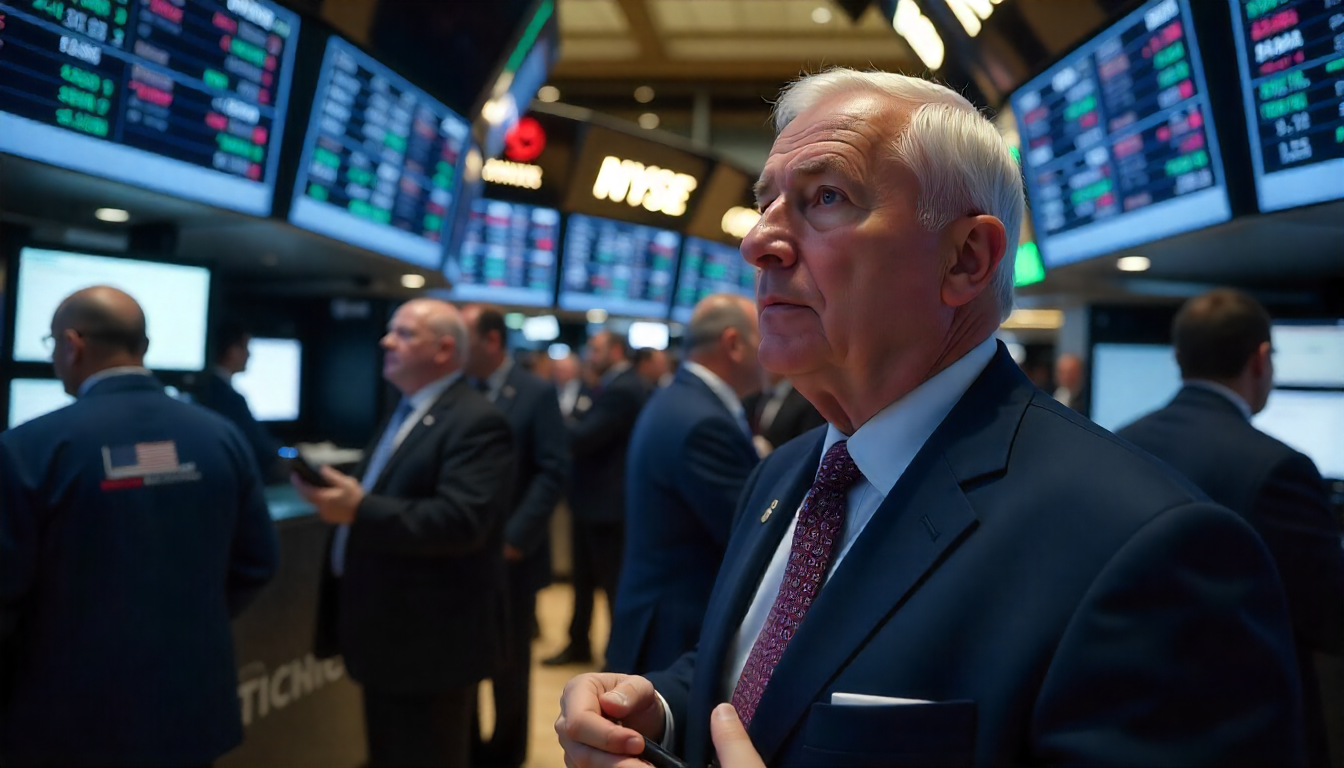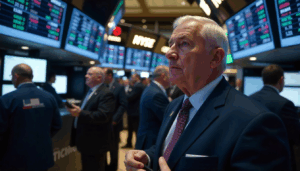Prediction Markets Price in U.S. Recession Risk Post-Tariffs; Bitcoin’s Next Move in Focus
Prediction markets are flashing red as traders brace for a potential U.S. recession in 2025, triggered by a sweeping wave of tariffs introduced by President Donald Trump. Both Polymarket and Kalshi—two popular forecasting platforms—now show recession probabilities crossing the 50% threshold, a level not seen since early January.
On Polymarket, traders rushed to buy “Yes” shares in the “US Recession in 2025” contract, which soared from 39 cents to over 50 cents in under a day. The contract pays out if the National Bureau of Economic Research (NBER) declares a recession by year’s end and two consecutive quarters of negative GDP are confirmed.
Kalshi, a CFTC-regulated prediction market, reported a similar spike, with recession odds climbing to 54%, up sharply from 40%.
The catalyst? Trump’s aggressive new trade policy, unveiled Wednesday, slaps a 10% base tariff on all imports starting April 5, with additional punitive tariffs targeting 60 countries. China is the hardest hit, now facing a combined 54% tariff on key exports, while India and EU member states also face elevated duties.
Financial markets were quick to react. Wall Street futures plummeted, with S&P 500 contracts down 3%, while bitcoin and other cryptocurrencies tumbled. BTC slipped 1.5% to around $83,100, while gold soared to another all-time high as investors rushed for safety.
Tariffs or Ticking Time Bomb?
While the White House insists the measures will correct long-standing trade imbalances, economists warn the short-term impact could be disruptive—fueling inflation and stalling consumer demand.
“The market is pricing in the real risk of an economic slowdown, and prediction markets are confirming that sentiment,” said Helen Briggs, senior macro strategist at MarketGauge. “The tariff escalation could tip the economy over if retaliation from China and the EU triggers a drawn-out trade war.”
Still, some experts are more sanguine. UBS says a recession remains unlikely, projecting U.S. GDP to grow at a modest 2% for the year, even with a drag from trade.
Interestingly, some analysts suggest the tariff announcement may lead to more dovish policy from the Federal Reserve. “Big tariffs are, paradoxically, quite dovish,” said Joseph Wang, founder of FedGuy.com. “They dampen growth expectations, which could push the Fed to cut rates sooner rather than later.”
Traders seem to agree. Fed funds futures now imply a high likelihood of a rate cut in June, potentially resuming the easing cycle started last fall.
The path ahead depends largely on the global reaction. Should Beijing or Brussels respond in kind, markets could spiral into deeper volatility. For now, traders are hedging their bets—and keeping one eye firmly on the headlines.
Share this content:













